For people who work in areas that demand foot protection, steel toe boots are a necessity. These tough, long-lasting boots offer comfort and safety while working. However, it’s crucial to understand how to properly wash steel toe boots in order to ensure their longevity and preserve their protective qualities.
Cleaning your boots regularly not only increases their lifespan but also keeps you secure and at ease while working.
We will walk you through the steps and recommended methods for cleaning steel toe boots in this article. We’ll go over everything you need to know to maintain the best possible condition for your boots.
How To Prepare for Boot Cleaning?
Before you begin the process of cleaning your steel toe boots, it’s essential to prepare properly to ensure a thorough and safe cleaning. Here’s what you need to do:
First, you need to gather all the materials you’ll need.
Make sure you have everything you’ll need for the cleaning procedure. Having these essentials on hand allows for a more efficient cleaning process.
Typically, these include:
- A boot brush or stiff-bristle brush
- Soap or boot cleaner
- Water
- Soft sponge or cloth
- Boot conditioner
- Waterproofing spray
- Gloves
Second, you should acknowledge of the safety precautions. When cleaning any kind of footwear, safety should always come first.
Be sure to abide by the safety instructions listed on the product labels if you’re using cleaning products or conditioners.
To further protect your hands and eyes during the cleaning process, especially when using any chemicals, it is advised that you wear gloves and safety glasses.
Once you have gathered your supplies and taken the necessary safety precautions, you are already well prepared to start cleaning your steel toe boots.
Step by Step: How to Wash Steel Toe Boots
Here are the initial steps for cleaning steel toe boots. Let’s break them down step by step for a more detailed guide:
- Gather materials: brush, mild soap, water, cloth and more.
- Clean loose dirt and mud.
- Scrub with soapy water.
- Pay extra attention to the steel toe cap area.
- Rinse and allow them to air dry.
- Consider using a boot conditioner for leather boots and apply water repellent.
- Inspect for any damage.
- Store the boots in a cool, dry place.
Remove Dirt and Debris
Before beginning a more thorough cleaning, it’s critical to remove any loose dirt and debris from your steel toe boots.
This first step prevents scratches on the boot’s surface and ensures a more effective cleaning process. Here’s what you should do:
- If your boots are caked with mud or dirt, start by gently tapping the soles together to dislodge and remove excess debris. While doing this, be careful not to damage the boots.
- To remove loose dirt and grime from the surface of your boots, use a stiff-bristle brush or a specialized boot brush. Apply the brush to the outside of the boots, paying special attention to seams, creases, and areas around the steel toe cap. Remove as much dirt as possible with a brush.
Starting with these steps ensures that the deeper cleaning process is more effective and does not grind any abrasive material into the boot’s surface. This initial cleaning is also helpful in improving the overall appearance of your steel toe boots.
Cleaning the Exterior
Now that you’ve removed the loose dirt and debris, you can focus on washing the outside of your steel toe boots. If the insoles are detachable, you should remove them from the boots first, and wash them separately.
Cleaning the boots properly will not only enhance their appearance but also preserve the materials’ integrity. Here is how to do it:
- Use a mild soap or a specialized boot cleaner depending on the material of your boots. To make a soapy solution, mix a small amount of the cleaner with water. If available, you can also use a dedicated boot cleaning product.
- Wet a soft cloth or sponge and gently scrub the surface of your boots. Pay close attention to any stained or soiled areas and clean thoroughly. For even coverage, move in a circular motion.
- For stubborn stains or heavily soiled areas, use a little more elbow grease. For seam and hard-to-reach areas, a dedicated boot brush or an old toothbrush can come in handy.
Notes: When cleaning, be cautious not to oversaturate your boots, especially if they are not waterproof. Excess water can potentially damage the boot’s materials. So, aim to dampen the cloth or sponge rather than soaking it.
Another thing that needs to be aware of is that it’s generally not recommended to wash steel toe boots in a washing machine. Hand cleaning is a safer and more effective way to maintain their quality and extend their lifespan.
Cleaning the Steel Toe Cap
The steel toe cap is an important component of your boots that protects your feet. To keep this area functional, it must be thoroughly cleaned. The following is how to clean the steel toe cap:
- Pay Special Attention to the Steel Toe Area: Using a cloth or sponge, apply a small amount of the soapy solution or boot cleaner. Gently clean the steel toe cap to remove dirt, grime, and any potential contaminants.
- Removing Stubborn Stains: To remove stubborn stains or marks from the steel toe cap, use a specialized stain remover or a baking soda and water mixture. Apply it to the stains, wait a few minutes, and then scrub gently with a soft cloth or brush.
Rinsing and Drying
To avoid damage or moisture-related issues, thoroughly rinse and dry your steel toe boots after cleaning them:
Rinse your boots in clean water to remove any soap residue as well as prevent any residual cleaner from interfering with its functionality.
Allow your boots to air dry naturally, away from direct heat sources such as radiators or heaters. Stuffing them with newspaper will help them absorb moisture and keep their shape. Avoid exposing your boots to direct sunlight, which can cause the material to fade or dry out. Proper drying helps to avoid potential problems such as mold and odors.
After this step, your steel toe boots should be clean and ready for the next stage of post-cleaning care and maintenance.
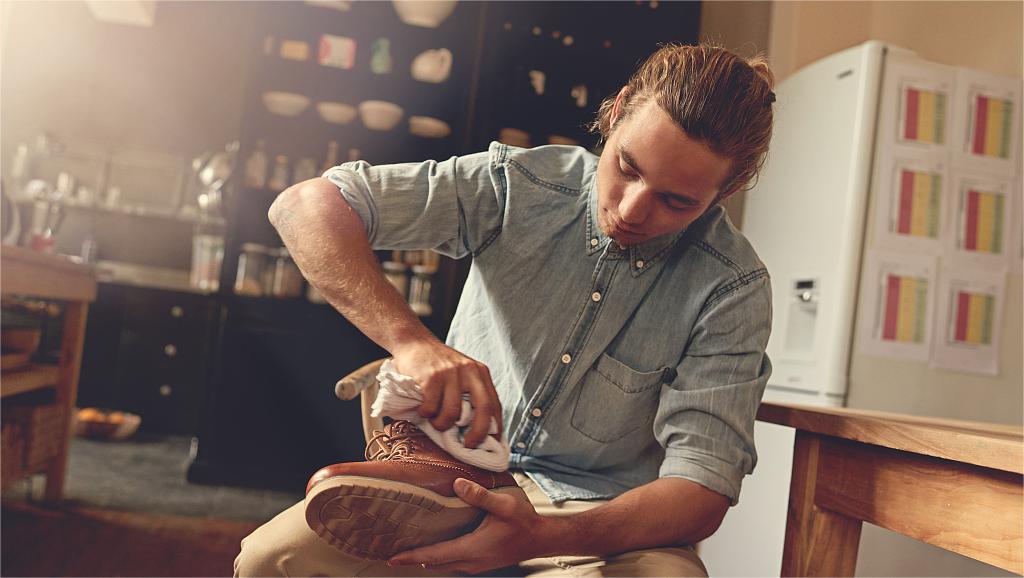
Post-Cleaning Care for Steel Toe Boots
Leather Conditioning (if applicable): If your steel-toe boots are made of leather, use a leather conditioner. This keeps the leather supple, keeps it from drying out, and keeps its appearance. For application, follow the product’s instructions.
Using Water-Repellent Products: You can use a water-repellent spray or wax to improve the water resistance feature of your boots. These products protect your boots from moisture, which can damage them and shorten their lifespan.
Following up on cleaning ensures that your boots are not only clean but also well-protected for future use. It’s an important step in keeping your steel toe boots in good condition.
Inspect Your Steel Toe Boots for Damage
You should take a moment to inspect your boots for signs of damage or wear and tear while caring for them.
Check for Cracks: Examine the boots for cracks, tears, or signs of material weakness. Take special care of seams and stress points. If you notice any significant damage, think about getting it repaired or replaced.
Replacing Insoles (as needed): Over time, insoles can wear out and lose their cushioning and support. If your insoles show signs of wear, consider replacing them to keep your feet comfortable and supported.
Regular inspections allow you to detect and address potential problems early, preventing more extensive damage and ensuring the safety and comfort of your steel toe boots.
Properly Store Your Boots
To avoid damage and keep your work boots in good condition, you need to store them properly. You can keep your boots in a cool, dry place away from direct sunlight and heat sources.
To maintain their shape, keep them upright at all times. This can be accomplished by using boot trees or stuffing them with newspaper.
By adhering to these storage guidelines, you will keep your cleaned steel toe boots in good condition and ready for use.
10 Methods to Remove Odor from Work Boots
While work boots are made to last and comfortable, moisture, bacteria, and sweat can occasionally cause them to smell bad.
This section will cover several tips for effectively removing and preventing odors, ensuring that your work boots stay clean and odor-free. To remove odor from your steel toe work boots, consider the following methods:
1. Wear Fresh Socks: It is better to wear clean cotton or moisture-wicking socks can prevent odor buildup.
2. Dry Out Your Boots: After wearing, ensure your boots dry completely before wearing them again to prevent moisture buildup and odor.
3. Maintain Foot Hygiene: Wash your feet daily with antibacterial soap, remove dead skin, and apply deodorant before putting on fresh socks.
4. Choose Breathable Boots: Opt for work boots with proper ventilation, like those featuring mesh panels or ventilating holes, to reduce sweating and odor.
5. Invest in Moisture-Wicking Socks: Select socks made from materials like cotton or merino wool, which draw sweat away from your feet, keeping your boots odor-free.
6. Soak Your Feet: Use a foot soak solution or rubbing alcohol to eliminate odor-causing bacteria and fungi.
7. Employ Odor Absorbers: Place baking soda, baby powder, or cat litter inside your boots to absorb odors. Leave them overnight and remove the powder the next morning.
8. Use Essential Oils: Apply a few drops of essential oil, such as tea tree oil, inside your boots before and after wearing them. Essential oils serve as natural deodorizers.
9. Try Teabags: Insert used teabags inside your boots to absorb odors, ensuring to remove them and let your boots dry afterward.
10. Create DIY Lemonade Spray: Mix lemon juice, essential oil, vinegar, and water to create a DIY lemonade spray. Apply it inside your boots, leave for a few hours, then dry with a boot dryer.
Conclusion
Cleaning your steel toe boots properly not only improves their appearance but also increases their durability and functionality.
You can maintain the quality and safety of your boots by following the steps outlined in this guide, allowing them to serve you well in a variety of work environments.
Regular cleaning and maintenance can extend the life of your boots, making them a dependable and safe choice for foot protection.
You May Also Like:
How to Clean and Maintain Hunting Boots
Tricks to Clean Work Boots With Items In the Kitchen
Ultimate Guide&Tips: How to Clean Non Removable Insoles?


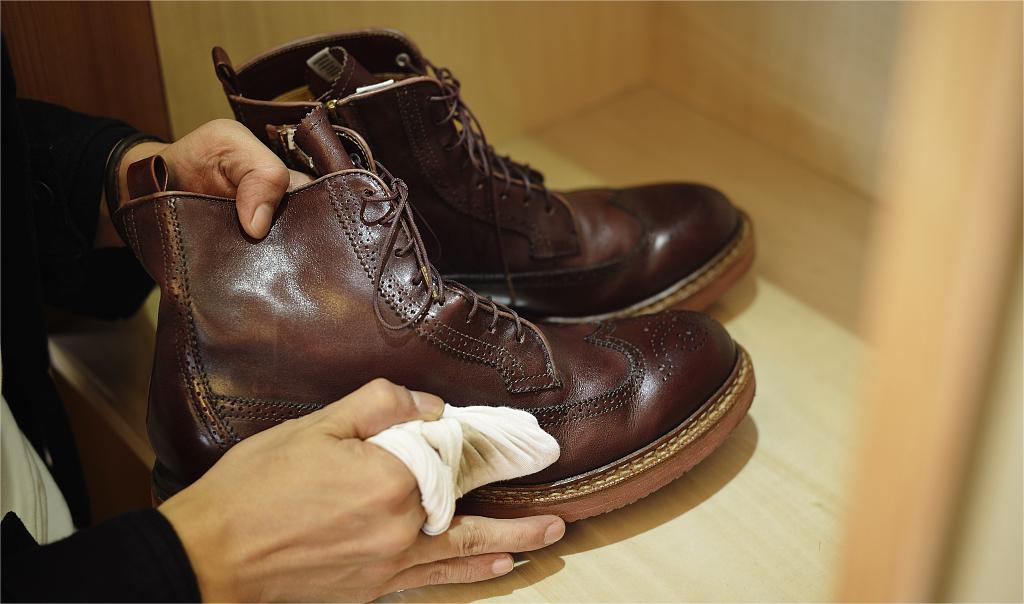
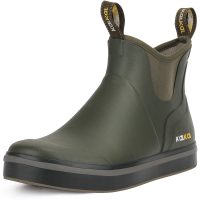








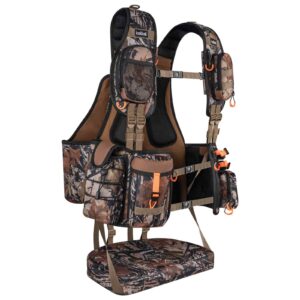
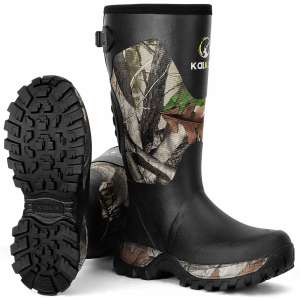
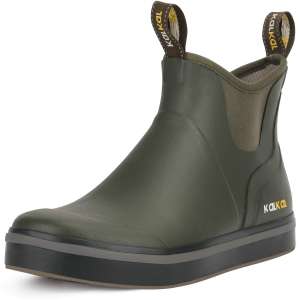
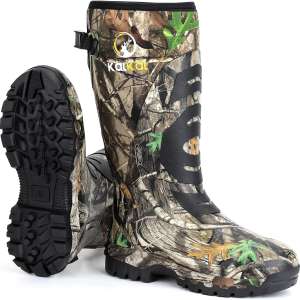
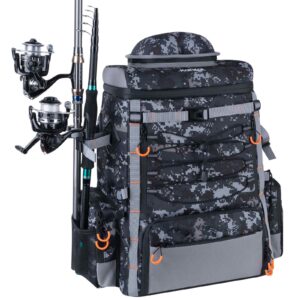



Leave a reply